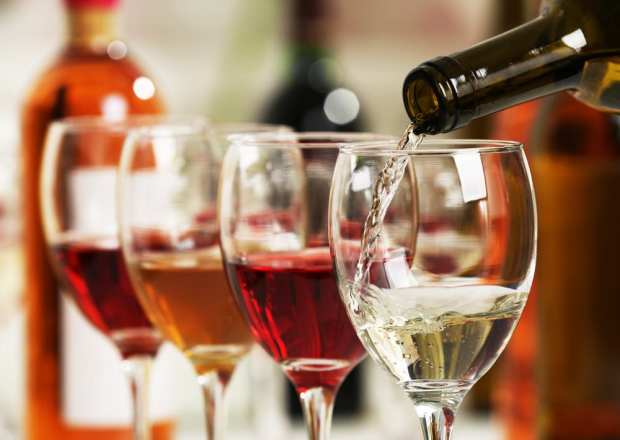How Subscription Services Can Disrupt Alcohol’s Confusing Distribution System

Selling alcohol is a more complicated process than the average consumer generally appreciates when they order a glass of wine with their restaurant meal or pick up something at a liquor store. Some of the difficulty is that alcohol is one of the most regulated retail goods – and those regulations aren’t always consistent state to state, or even town to town. Almost 100 years post-Prohibition, there are dozens of towns throughout the U.S. where the sale of alcohol is still illegal.
But the bulk of that back-end complexity comes as the direct result of the unique three-tiered sales process for alcohol and spirits. Alcohol producers – wineries, distilleries and brewers – must sell their products to wholesalers. The system is controversial within the industry, with supporters noting that it controls the flow of alcohol within the U.S. and critics pointing out that it creates an unnecessary layer of middlemen that unnecessarily raises prices.
Outside the industry, however, most people don’t have much of an opinion on the subject, because it is mostly invisible to consumers.
But the evolving consensus is that the digital economy is disrupting, and possibly displacing, the system – mainly by exploiting loopholes.
Online marketplaces like Drizly mostly stand outside the system, by aggregating prices across a variety of retail sellers. Wine flash sale sites build relationships with lots of distributors – still within the three-tiered system – but act as a force that exerts downward pressure on wine pricing. Shots Box CEO JC Stock noted in a recent interview with PYMNTS that despite the fact they had originally conceived of their distilled products delivery business as an online-only endeavor, they had to open a single physical store just to get the licensing they needed to sell online.
“We had to buy a retail store to fulfill this dream. It was a learning process, and a very expensive one,” Stock told Karen Webster.
There is another workaround to the three-tiered system, a loophole leveraged by Firstleaf and other wine subscription clubs. While the tiers are mostly legally mandated to be separated (producers can’t be wholesalers, wholesalers can’t be distributors, etc.), wine clubs are the exception, in that they can hold dual licenses. What that means in practical terms is that the service can both purchase wine directly from vintners and sell to consumers directly, as long as they sell on subscription instead of allowing shoppers to order bottles a la carte.
“At Firstleaf, we are investing in higher quality wine and shipping it directly to consumers, cutting out steps that add cost. Great wine always begins in the vineyard directly, with the small farms to bring in the product .We skip the importers and import the wines ourselves.”
The experience of using the service is otherwise similar to the DTC commerce experience. The user starts the experience with a brief online quiz, which asks about white vs. red vs. rosé vs. sparkling preferences, what region they prefer their wine to come from, and how much on average they drink per month. From there, the user gets a three-bottle introductory box for just a $4.95 shipping fee.
Once the bottles are consumed, the wines can be reviewed with a thumbs-up or thumbs-down, and users can leave comments. That data feeds the artificial intelligence to generate suggestions for future boxes.
After the initial box, every future shipment will consist of six wines (for $79, plus tax and $9.95 shipping) delivered automatically every two months. Users can make specific substitutions within orders three times.
The service, by all accounts, works better the more consumers use it and interact with it by selecting or deselecting wines. Most reviews indicate it is a better service for wine novices than for those that already have highly developed palates and preferences.
It might not singlehandedly bring down the three-tiered system – but as Firstleaf and other digital alcohol players are proving, there are workarounds. How long they can survive the competition or adjustments remains to be seen.
